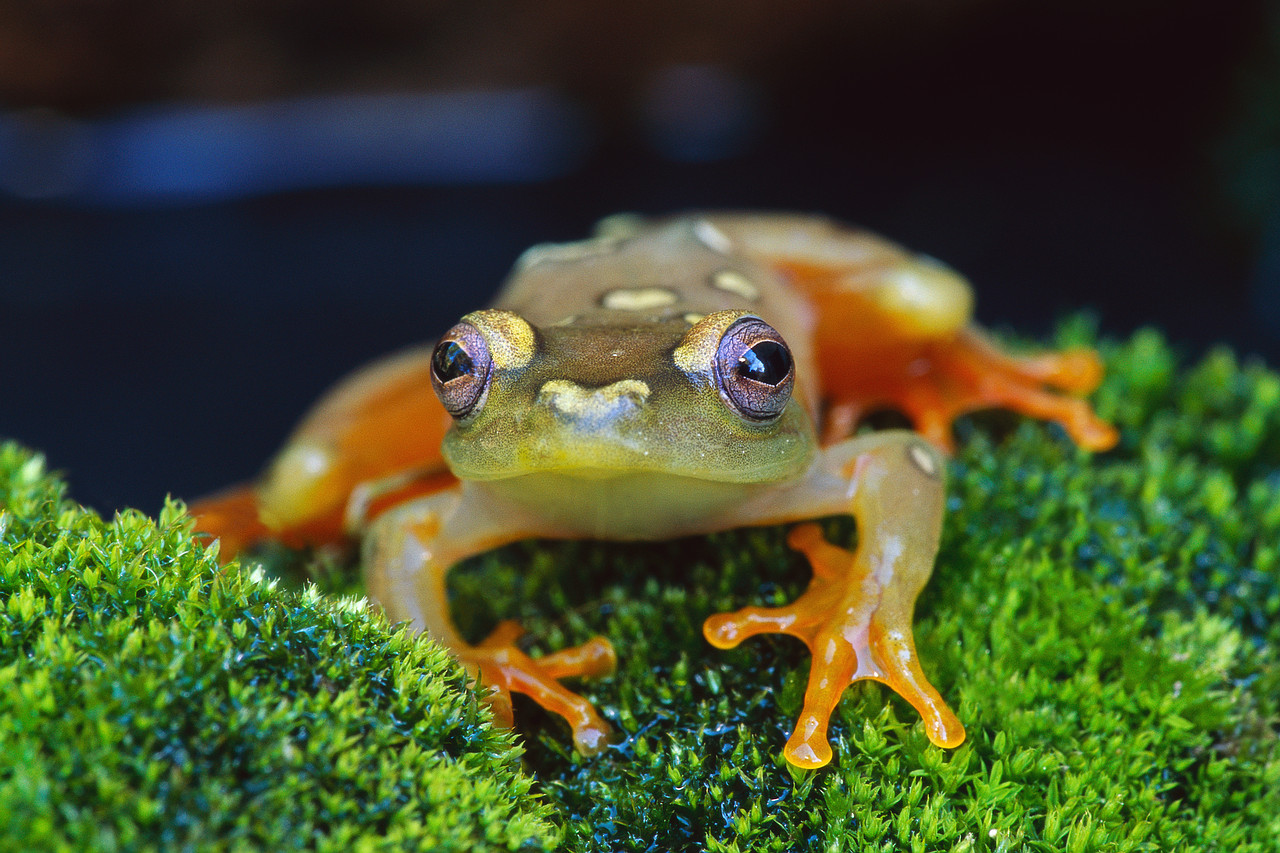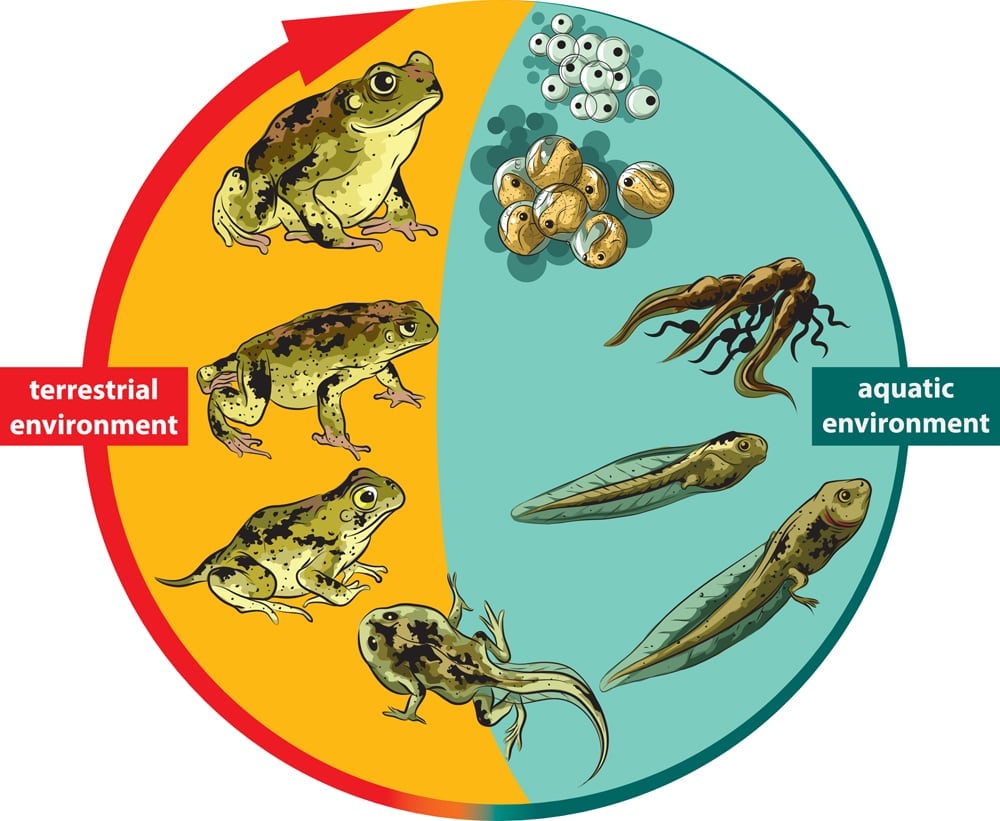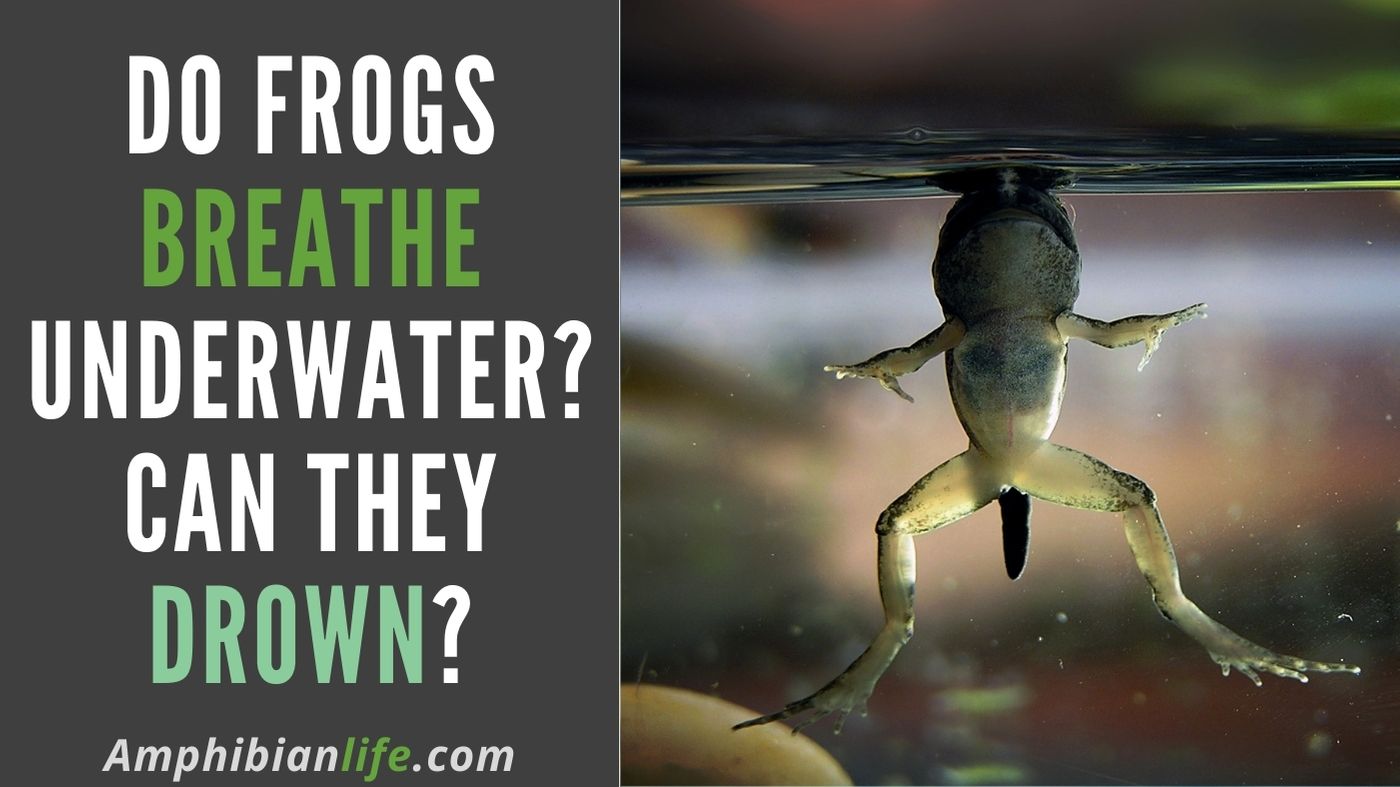Amphibians Breathe Through On Land

With the exception of a few frog species that lay eggs on land all amphibians begin life as completely aquatic larvae.
Amphibians breathe through on land. All amphibians are coldblooded and can live on land and in water. One of the most popular reptiles in the world are crocodiles. On the other hand the adults can live and breathe both on land and underwater for part of the time.
In addition to their lungs amphibians can actually breathe through their skin. The easiest way to determine if an animal is amphibious is to observe whether they are. Adult amphibians breathe through lungs and skin.
The larvae mature while in the water. While both of these animal classes are cold-blooded vertebrates only amphibians can live part of their life in the water and part of it on land. Amphibians could breathe on land and in water but they must live in moist environments with the exception of certain toads.
While adult amphibians spend part of their time on land they still need to. Although they are not born with these organs they develop them during the metamorphosis they undergo during maturation. Not all amphibians can breathe underwater.
Some transport water oxygen and carbon dioxide either into. They also must be in moist environments to lay their eggs. Adult amphibians can live in water or on land semi-terrestrial life larvae can only live in water.
Amphibians have an important characteristic that they can live in both water or on land. Some amphibians stow away in cracks in logs or between rocks during the winter. Their larvae not yet fully developed offspring mature in water and breathe through gills like fish while adults breathe air through lungs and skin.



















